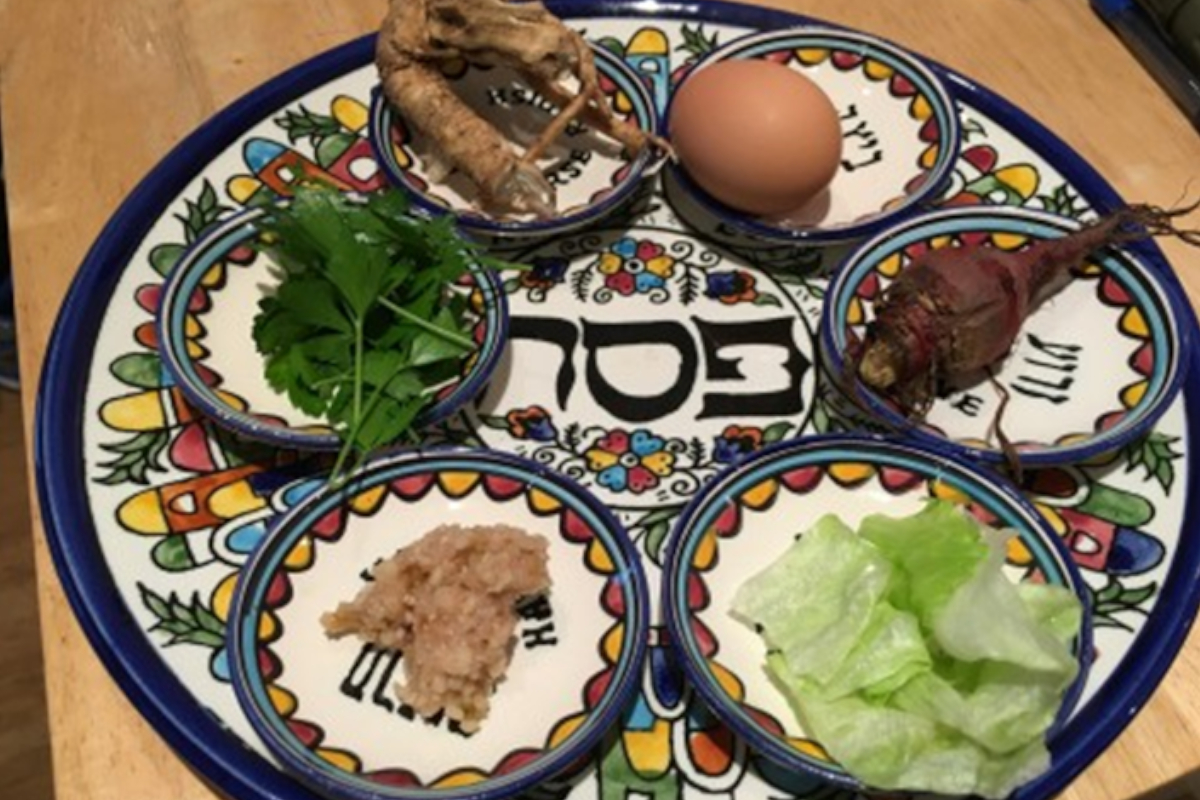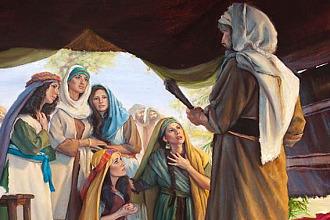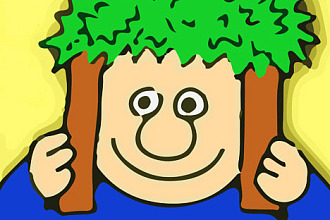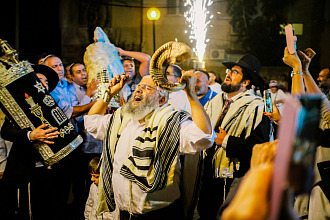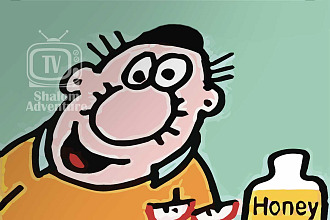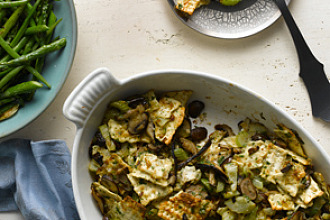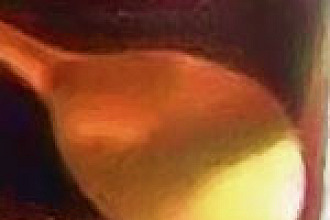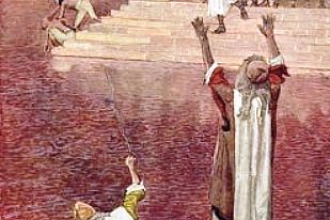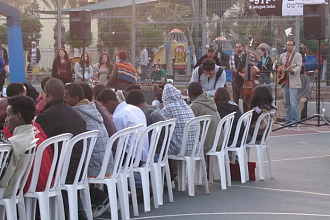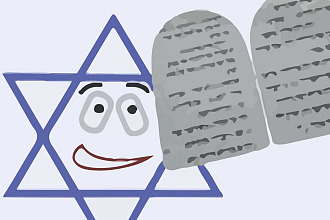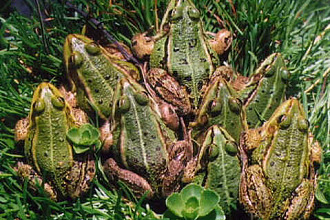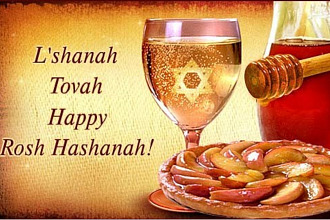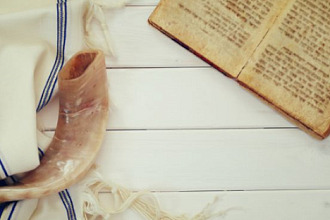Almost every Passover seder (ritual dinner) includes various ritual foods and other items. Nothing on the seder table is selected randomly; each item has its purpose and often its specific place on the table or seder plate.
Remember that as with all symbols, each item has a traditional symbolism, but that shouldn't stop you from coming up with new ideas that are meaningful for you and the people at your seder.
At a Passover seder, the following traditional items are on the table:
Seder Plate
The seder plate (there's usually one per table) holds at least six of the ritual items that are talked about during the seder: the shankbone, karpas, chazeret, charoset, maror, and egg. While the booming seder plate industry would like you to buy a beautiful, ornate, and expensive plate, you can use any plate. If you have kids, get them involved by decorating a paper plate with pictures of the events or things the seder foods symbolize.
Roasted Lamb Shankbone
One of the most striking symbols of Passover is the roasted lamb shankbone (called zeroah), which commemorates the paschal (lamb) sacrifice made the night the ancient Hebrews fled Egypt. Some people say it symbolizes the outstretched arm of God (the Hebrew word zeroah can mean "arm").
If you don't like the idea of a bone sitting on your table, you may consider using a roasted beet instead. (That's what vegetarians usually do.) This isn't a new idea; the great Biblical and Talmudic commentator Rashi suggested it back in the eleventh century.
Roasted Egg
The roasted egg (baytsah) is a symbol in many different cultures, usually signifying springtime and renewal. Here it stands in place of one of the sacrificial offerings which was performed in the days of the Second Temple. Another popular interpretation is that the egg is like the Jewish people: the hotter you make it for them, the tougher they get. This egg isn't even eaten during the meal; the shell just needs to look really roasted.
Maror ("bitter herb")
Any bitter herb will work, though horseradish is the most common. Bitter herbs bring tears to the eyes and recall the bitterness of slavery. The seder refers to the slavery in Egypt, but people are called to look at their own bitter enslavements, whether addiction or habit.
Charoset
There's nothing further from maror than charoset ("kha-ROH-set"), that sweet salad of apples, nuts, wine, and cinnamon that represents the mortar used by the Hebrew slaves to make bricks.

